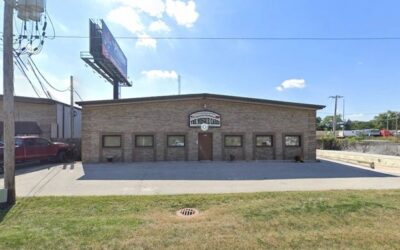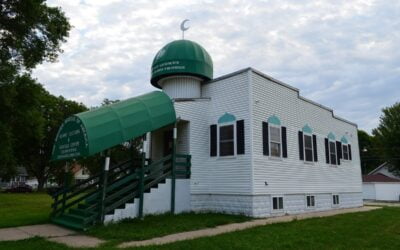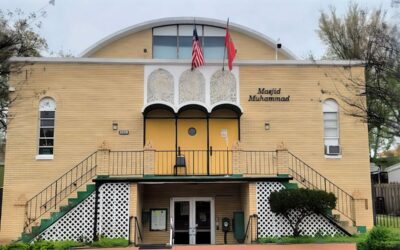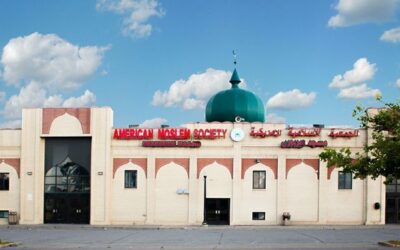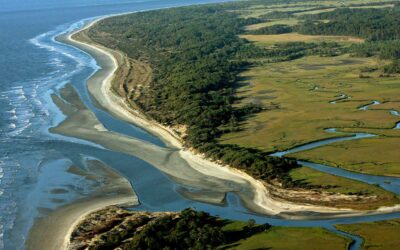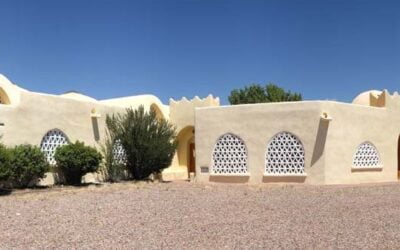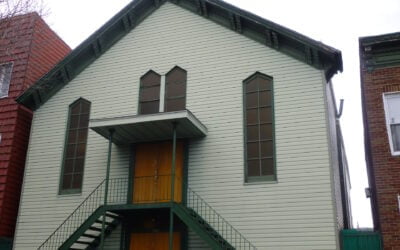Islamic Center of Washington
- The Islamic Center of Washington is a Musjid and Islamic cultural center in Washington, D.C. It sits on Embassy Row on Massachusetts Avenue just east of the bridge over Rock Creek. When it was built in 1957, it was the biggest Musjid in the Western Hemisphere.
- In 1948, Egypt chose Kamil Abdel Rahim as the Egyptian Ambassador to the United States of America after Ambassador Mahmoud Hassan. The idea of building a Musjid was put on hold during the war, but it got a fresh start when Ambassador Rahim began his duties in Washington, D.C. in 1948.
- Ambassador Kamil Abdul Rahim became the president of the mosque foundation and its executive committee. He worked hard to gather all the heads of the recognized ambassadors of Muslim countries in the U.S. He traveled to Saudi Arabia, Kuwait, and other Muslim countries to ask for funds to build the Musjid.
- Howar (Mohammed Issa Abu Al Hawa, 1879–1982) and other Muslim diplomats helped start and financially support a committee to build a Musjid in the U.S. capital. In 1948, Howar, placing a silver dollar on the ground for luck, began the work at the site. The Musjid was finished in 1954 and was opened by President Dwight Eisenhower on June 28, 1957.
- The diplomatic community in Washington played a big part in building the Musjid. Egypt gave a bronze chandelier and sent experts to write Qur’anic verses on the walls and ceiling. Tiles were brought from Turkey along with the experts to install them. Persian rugs came from Iran. The American-Muslim community also supported the project. The land was bought in 1946, and the cornerstone was laid on January 11, 1949. The building was designed by Italian architect Mario Rossi.
- Besides the Musjid, the center has a library and classrooms where they teach about Islam and the Arabic language. The board of governors of the center is made up of different ambassadors. All around the building, you can see the flags of Islamic nations from around the world.

